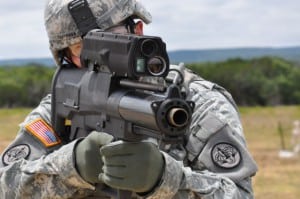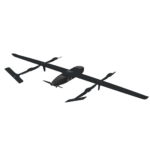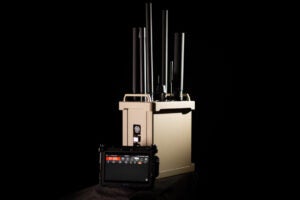
The proliferation of highly capable electronics and advanced military weaponry could dull the edge U.S. ground forces have over their enemies in future ground conflict, but precision-guided small arms could sharpen the Army’s lethality, if not reverse that trend, a new think tank study finds.A litany of procurement programs and government and private laboratory efforts are on the cusp of bringing precision weaponry to the individual soldier. Paul Scharre, senior fellow and director of the Future of Warfare Initiative at…

 By
By 











